When it comes to trading in the Forex market, having a reliable system is essential to achieving success. Before putting your money on the line, however, it is important to first backtest your system to ensure that it is robust and profitable. Backtesting involves simulating the performance of a system over historical data to determine whether it is a viable trading strategy. Backtesting a system before live trading can provide you with valuable insights into its potential profitability, as well as any potential risks. By running simulations on past data, you can gain insight into how your system would have performed in different market conditions and determine whether or not it is a viable trading strategy.
Additionally, backtesting allows you to optimize your system and fine-tune its parameters so that it better suits your trading style. In this article, we'll discuss the importance of backtesting a system before live trading and how it can help improve your trading performance. We'll also provide an overview of the different backtesting tools available and explain how they can be used to assess the viability of a trading system. Finally, we'll provide some tips on how to get the most out of backtesting.
Backtesting
is important because it allows traders to assess the performance of a trading system in the past. By testing a system on historical data, traders can see how the system would have performed in different market conditions and determine whether it is reliable and profitable.Backtesting also allows traders to identify potential weaknesses in their trading strategy and make adjustments accordingly. When it comes to backtesting, there are several tools available to help traders. The most popular tools are automated backtesting platforms such as Forex Tester, Forex Strategy Builder, and MetaTrader 4. These platforms allow traders to quickly and easily backtest their strategies on historical data.
They also provide advanced features such as visualisation, portfolio management, and risk management. When backtesting a trading system, it is important to make sure that the results are accurate. To do this, traders should use reliable data sources and ensure that their backtesting platform is configured correctly. Additionally, traders should also consider using different timeframes when testing their strategies.
This will allow them to get an idea of how the system performs in different market conditions. Finally, traders should also consider using paper trading or demo accounts when backtesting a system. Paper trading allows traders to test their strategies without risking real money, while demo accounts give traders the opportunity to test their strategies in real-time market conditions. Both paper trading and demo accounts can be useful for refining and improving a trading system before live trading.
Paper Trading & Demo Accounts
Finally, traders should also consider using paper trading or demo accounts when backtesting a system.With paper trading, traders can simulate trading with virtual funds and practice their strategies without risking any of their own capital. Demo accounts offer traders the chance to test their strategies in real-time market conditions, allowing them to evaluate the performance of their system under different market conditions. Both paper trading and demo accounts are great tools for backtesting a system before live trading.
Why Backtesting is Important
Backtesting is an essential step for any serious trader. It is important because it allows traders to evaluate the performance of a trading system in the past.By testing a system on historical data, traders can gain insight into how the system would have performed in different market conditions and assess whether it is reliable and profitable. Backtesting also helps traders identify any weaknesses in their system. If a system has too many losing trades, it is likely not suitable for live trading. By backtesting a system, traders can identify any flaws in their strategy and make changes to improve its performance before risking real money. Overall, backtesting is an important tool for any trader who wants to ensure that their system is reliable and profitable. By testing a system on historical data, traders can make sure they are using a system that works well and generates consistent returns.
Tools for Backtesting
When it comes to backtesting, there are several tools available to help traders.These tools provide traders with the ability to analyze and backtest trading strategies with historical data, which allows them to gain a better understanding of the potential profitability of a system before actually trading it with real money. Forex Tester is a popular backtesting platform that allows traders to test their strategies against historical data. It features an intuitive user interface, a wide range of technical indicators, and the ability to simulate live market conditions. Forex Strategy Builder is another popular backtesting platform that provides traders with the ability to create and analyze trading strategies using historical data.
Finally, MetaTrader 4 is a popular trading platform that also provides backtesting capabilities. It offers an easy-to-use user interface, a variety of technical indicators, and the ability to customize trading strategies. Using these tools, traders can gain valuable insight into the performance of their trading strategies. By testing their strategies on historical data, they can identify potential problems and make necessary adjustments before risking real money in the markets.
Backtesting can be a powerful tool for any trader, and these automated platforms make it easier than ever before.
Tips for Accurate Backtesting
When backtesting a trading system, it is important to make sure that the results are accurate. To do this, traders should use reliable data sources and ensure that their backtesting platform is configured correctly. Here are some tips for ensuring accuracy when backtesting a system:Use Quality Data Sources: The data used in backtesting should be of the highest quality available. This means using a data source that is accurate, comprehensive, and up-to-date.It is also important to make sure that the data is free of errors and inconsistencies.
Choose the Right Backtesting Platform:
The backtesting platform used should provide the features needed to accurately simulate real-world trading conditions. This includes features like portfolio management, risk analysis, and order execution. It should also provide accurate and reliable data sources.Test with Realistic Parameters:
The parameters used in backtesting should reflect the real-world conditions that a trader would encounter when trading. This includes factors like spread, slippage, commissions, and leverage.Test Over a Long Period:
The longer the period tested, the more accurate the results will be.Traders should aim to test over several months or even years to get an accurate picture of how their system would perform in the real world.
Run Multiple Tests:
It is important to run multiple tests with different parameters and data sets to get an accurate picture of how the system would perform. This will help identify any potential issues with the system and allow traders to make adjustments accordingly. Backtesting a system before live trading is an essential step for any serious trader. This process allows traders to evaluate the performance of their trading strategies in the past and identify potential weaknesses. With the right tools and techniques, traders can ensure that their systems are reliable and profitable before they start trading with real money.Paper trading and demo accounts can also be used for refining and improving a trading system before live trading.
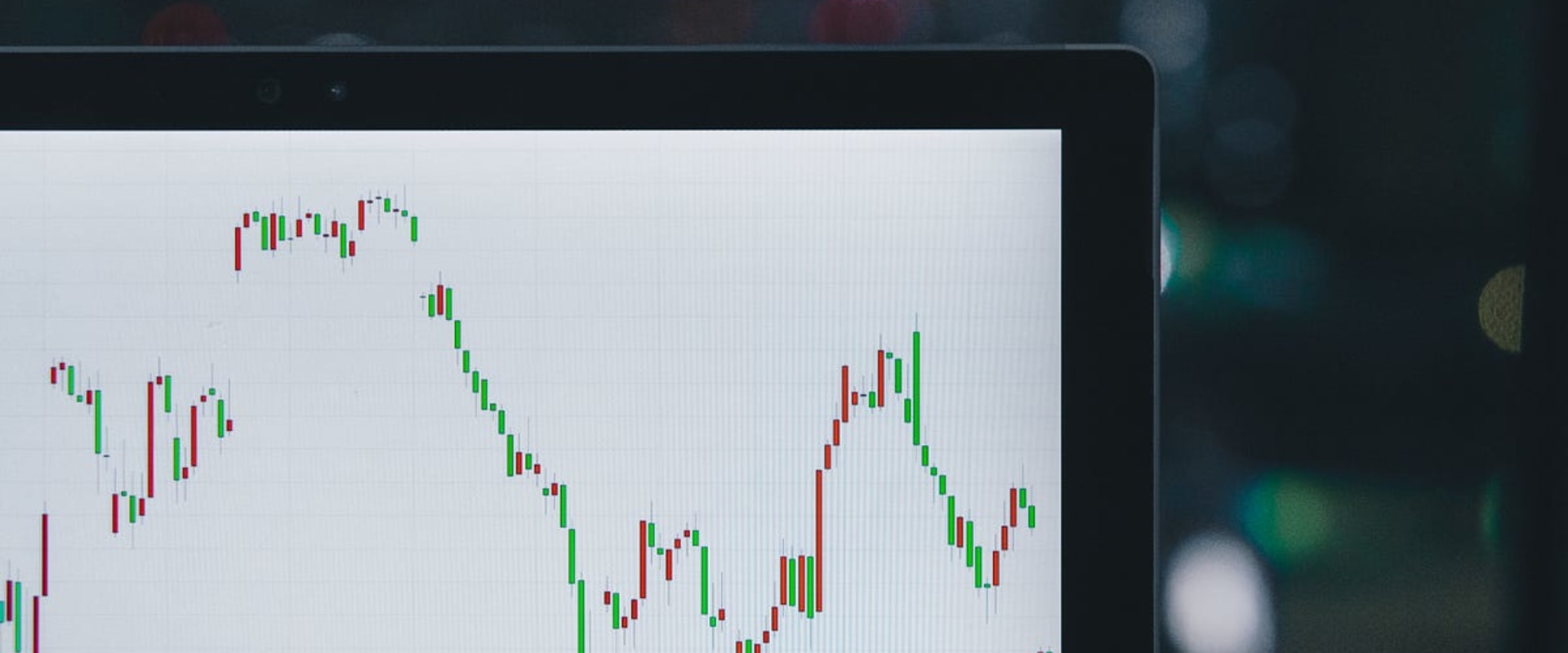
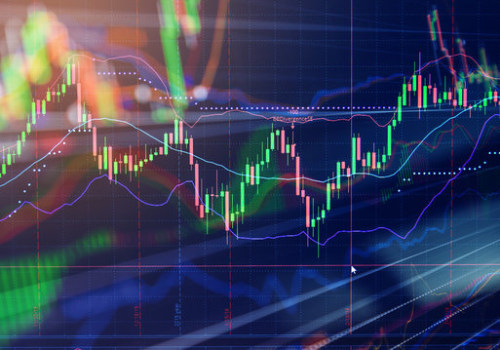
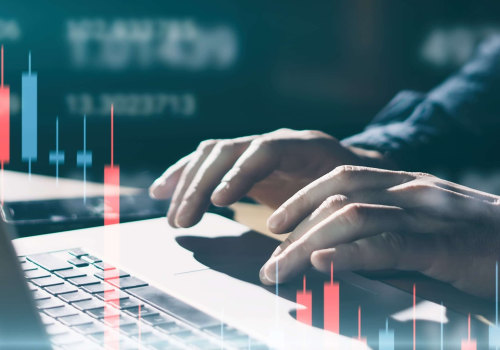
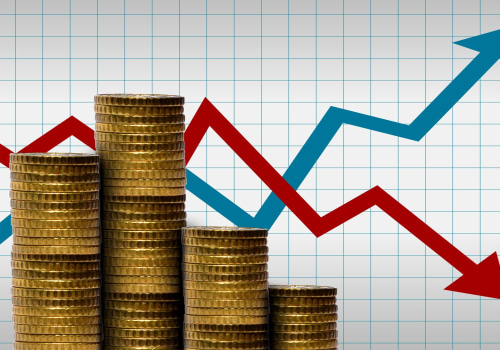
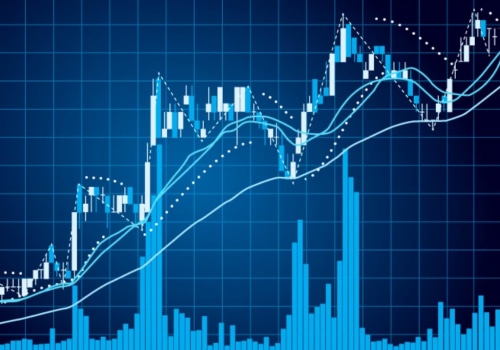
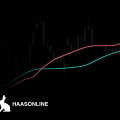
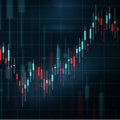
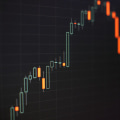
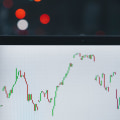
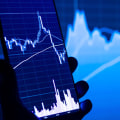
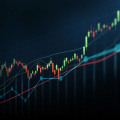
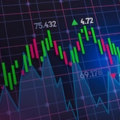
Leave Reply